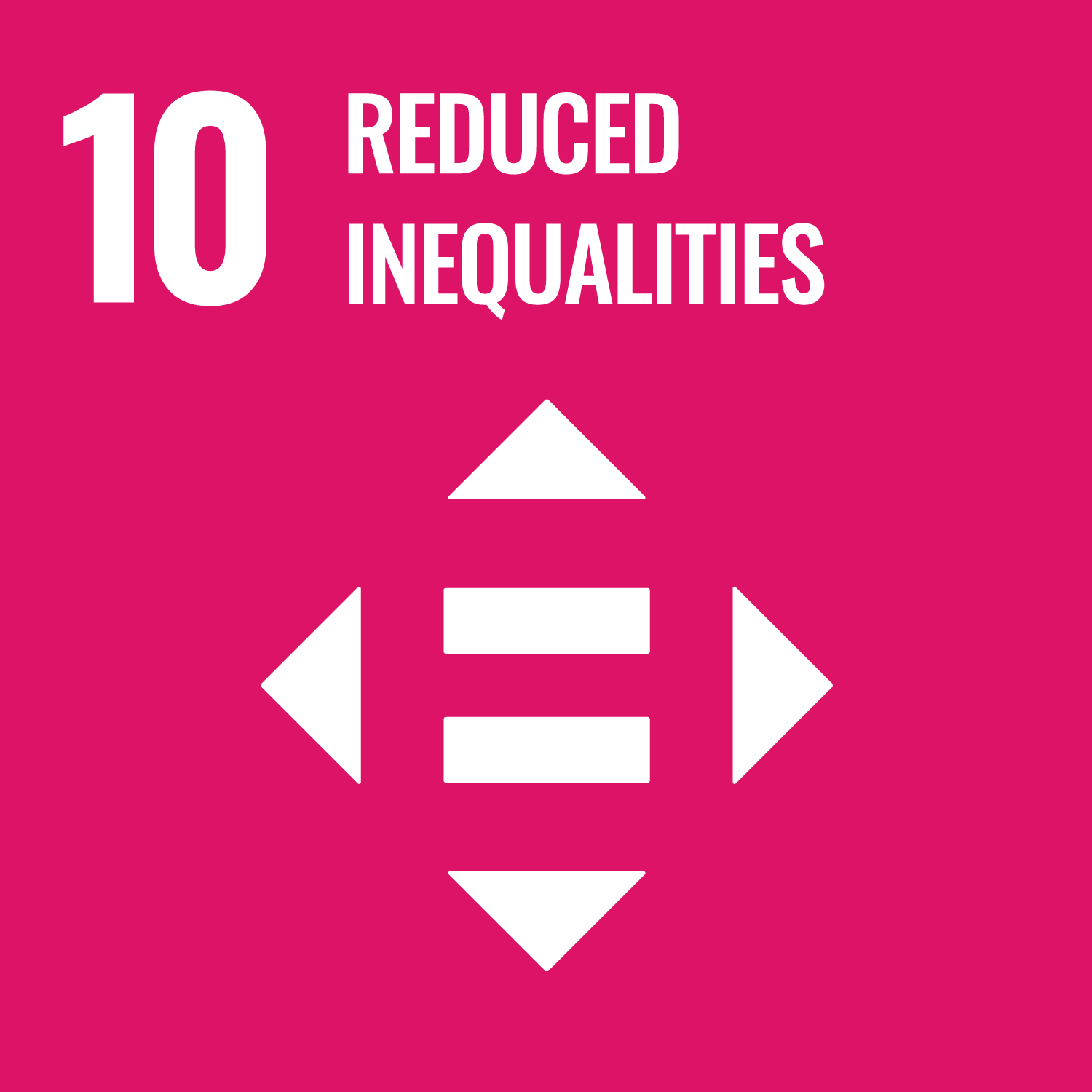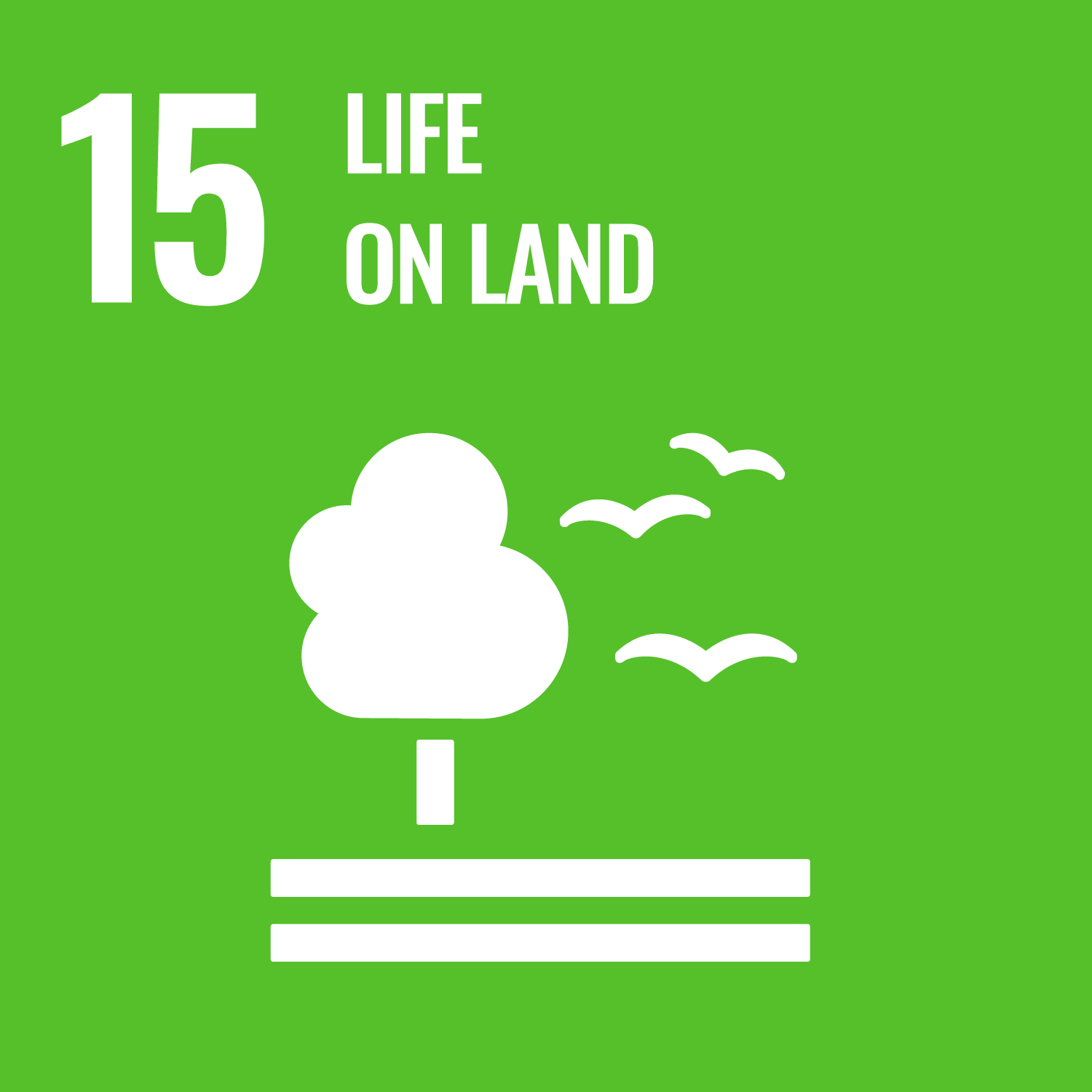den Braber, B. orcid.org/0000-0002-9639-8409, Oldekop, J.A. orcid.org/0000-0003-0565-812X, Devenish, K. et al. (4 more authors) (2024) Socio-economic and environmental trade-offs in Amazonian protected areas and Indigenous territories revealed by assessing competing land uses. Nature Ecology & Evolution, 8. pp. 1482-1492. ISSN 2397-334X
Abstract
Protected area (PA) assessments rarely evaluate socio-economic and environmental impacts relative to competing land uses, limiting understanding of socio-environmental trade-offs from efforts to protect 30% of the globe by 2030. Here we assess deforestation and poverty outcomes (fiscal income, income inequality, sanitation and literacy) between 2000 and 2010 of strict PAs (SPAs), sustainable-use PAs (SUPAs) and Indigenous territories (ITs) compared with different land uses (agriculture and mining concessions) across ~5,500 census tracts in the Brazilian Legal Amazon. ITs reduced deforestation relative to all alternative land uses (48–83%) but had smaller socio-economic benefits compared with other protection types and land uses (18–36% depending on outcome), indicating that Indigenous communities experience socio-economic trade-offs. By contrast, SUPAs, and potentially SPAs, did not reduce deforestation relative to small-scale agriculture (landholdings <10 ha) but did so relative to larger agricultural landholdings (70–82%). Critically, these reductions in deforestation frequently occurred without negative socio-economic outcomes. By contrast, ITs and SUPAs protected against deforestation from mining, but at the cost of smaller improvements in income and inequality. Our results suggest that although PAs in the Brazilian Legal Amazon substantially reduced deforestation without compromising local socio-economic development, efforts to secure Indigenous rights need additional interventions to ensure these communities are not further disadvantaged.
Metadata
| Item Type: | Article |
|---|---|
| Authors/Creators: |
|
| Copyright, Publisher and Additional Information: | © The Author(s) 2024. This article is licensed under a Creative Commons Attribution 4.0 International License, which permits use, sharing, adaptation, distribution and reproduction in any medium or format, as long as you give appropriate credit to the original author(s) and the source, provide a link to the Creative Commons licence, and indicate if changes were made. The images or other third party material in this article are included in the article’s Creative Commons licence, unless indicated otherwise in a credit line to the material. If material is not included in the article’s Creative Commons licence and your intended use is not permitted by statutory regulation or exceeds the permitted use, you will need to obtain permission directly from the copyright holder. To view a copy of this licence, visit http://creativecommons.org/licenses/by/4.0/. |
| Keywords: | Conservation biology; Environmental economics; Sustainability |
| Dates: |
|
| Institution: | The University of Sheffield |
| Academic Units: | The University of Sheffield > Faculty of Science (Sheffield) > School of Biosciences (Sheffield) |
| Depositing User: | Symplectic Sheffield |
| Date Deposited: | 12 Aug 2024 15:35 |
| Last Modified: | 12 Aug 2024 15:35 |
| Published Version: | http://dx.doi.org/10.1038/s41559-024-02458-w |
| Status: | Published |
| Publisher: | Springer Science and Business Media LLC |
| Refereed: | Yes |
| Identification Number: | 10.1038/s41559-024-02458-w |
| Related URLs: | |
| Sustainable Development Goals: | |
| Open Archives Initiative ID (OAI ID): | oai:eprints.whiterose.ac.uk:216025 |



 CORE (COnnecting REpositories)
CORE (COnnecting REpositories) CORE (COnnecting REpositories)
CORE (COnnecting REpositories)